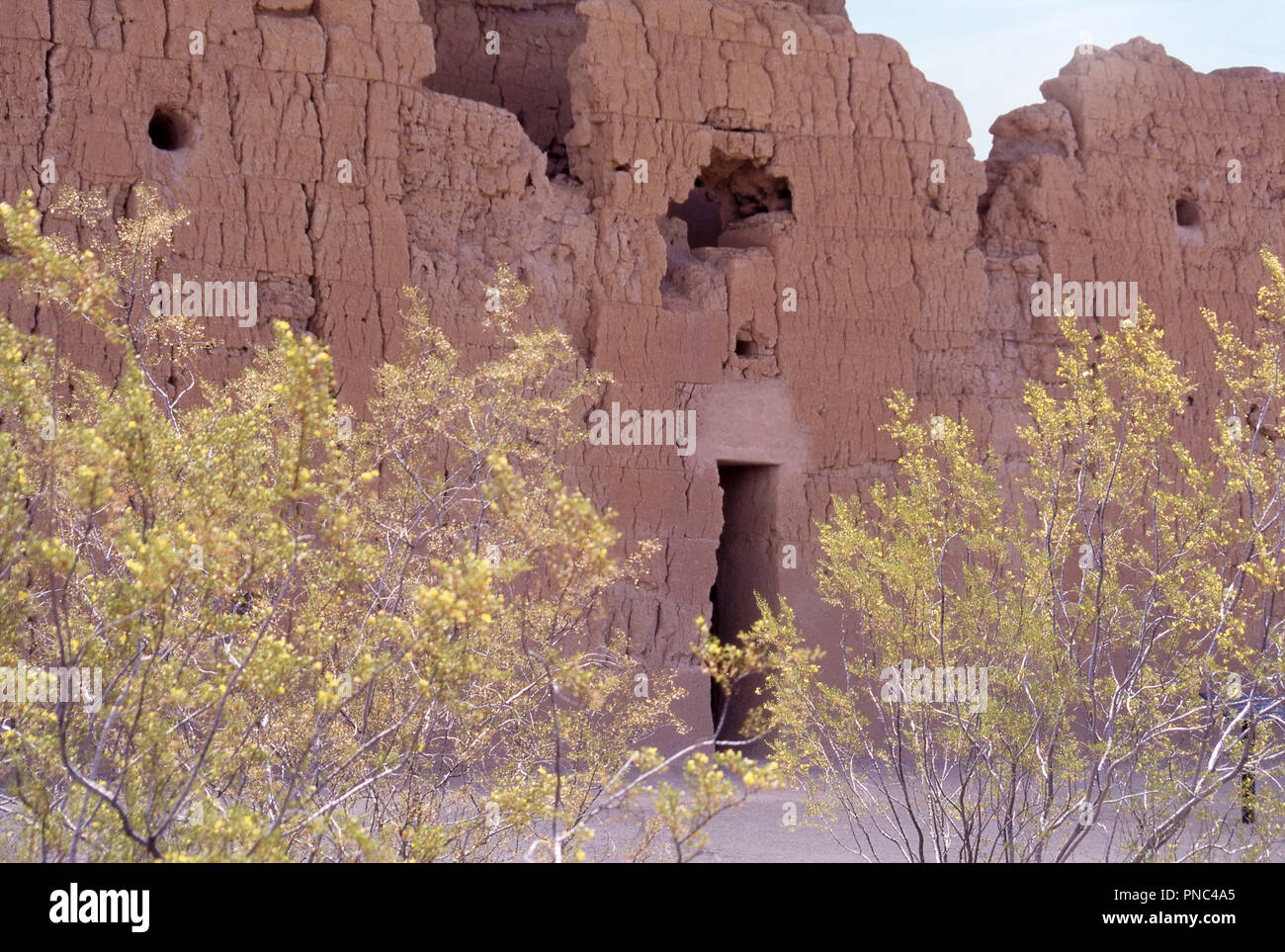

In areas of little water like the Papaguería west of Tucson, the Hohokam grew crops, but relied more on wild resources. Because of the geological and biological diversity of the Sonoran Desert there are, of course, variations in the pattern. The pattern of use seen at sites in and around the Tucson Mountains can be found throughout the Hohokam region, from Phoenix to Green Valley and from Sells and Gila Bend to the San Pedro River.

Nor do we know why they left pieces of pottery and other objects under rocks near the tops of hills. We do not know the meanings of the petroglyph sites where people pecked lively designs of snakes, lizards, bighorn sheep, and humans onto dark-colored boulders. The Hohokam also used the mountains for purposes we don't understand. Other artisans found pieces of red argillite (a clay-like rock) or jasper that they carved into jewelry and other trinkets. By crushing and grinding the nodules into powder, then mixing that powder with clay, they created red ocher, which they then used to paint their pots. Pottery makers found nodules of hematite in the hills. Then, they fashioned the flakes into knives, scrapers, and arrowheads, leaving the unwanted fragments of rock behind. They made tools by striking stone against stone until sharp-edged flakes were released. Throughout the mountains, the Hohokam found good rocks for making stone tools. They also twisted the strands into sturdy rope and twine. The Hohokam spun these fibers into yarns for weaving cloth. Then, using stone or wood scrapers, they defleshed the leaves, exposing long fibers. While their agave cooked, people carefully toasted the agave leaves to make acids contained in them less stringent. They ate the baked agave on the spot or shaped it into slabs or cakes that were easily carried and stored. After they cut the leaves off, they dug up the bases, or hearts, of the agaves, then slow-roasted the hearts in rock-filled pits. 1150 or so), the Hohokam found those plants at higher elevations. The Hohokam ventured up canyons to gather acorns and pinyon nuts and to collect leaves of bear grass and sotol for making baskets.īefore they started growing agave extensively (around A.D. Occasionally, they traveled to higher mountains-the Catalinas or the Quinlans-to get sturdier woods like juniper, pinyon, even Douglas fir. When they needed material for houses or ramadas, the Hohokam cut ocotillo poles, chopped down mesquite trees, and scavenged saguaro ribs. Later in the summer, using holes that they formed in bedrock, the Hohokam pounded mesquite beans into flour. In early summer, the Hohokam eagerly collected saguaro and prickly pear fruits. They made digging sticks of durable ironwood to retrieve tuberous roots and collected leaves and other plant parts for medicines, food, and dyes. They hunted bighorn sheep, deer, and other animals there. A day's walk into the hills provided the people with many important resources. When they weren't tending to their crops, the Hohokam explored and exploited the environment around them.

On and near the slopes they also stacked up rocks and planted agave and yucca in the piles. They used every possible space to grow crops, even building small terraces and check dams on hill slopes to collect and divert rainfall runoff toward their fields. Near their villages, on floodplains or alluvial slopes, the Hohokam established fields of corn, beans, squash, and cotton. The Hohokam lived in villages near the base of the Tucson Mountains, close to sources of water like the Santa Cruz River or Brawley Wash. So what did the Hohokam do in these mountains? Most of the sites show no signs of habitation-no houses, no fire pits. Tools and pottery like these are common in the Tucson Mountains they number in the hundreds, maybe even the thousands. The Hohokam left these artifacts at the site over 600 years ago. Gregonis, Archaeological Consultantįrom sonorensis, Volume 16, Number 1 (Spring 1996)īeneath the creosote and cactus around the Desert Museum, battered stones, sharp-edged pieces of rock, stones for grinding, and fragments of pottery can be found.


 0 kommentar(er)
0 kommentar(er)
